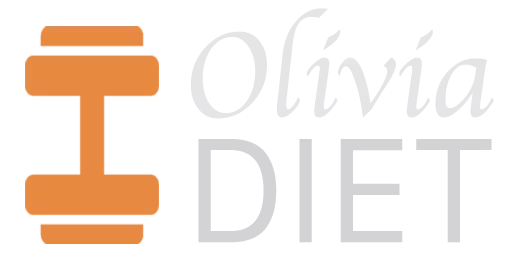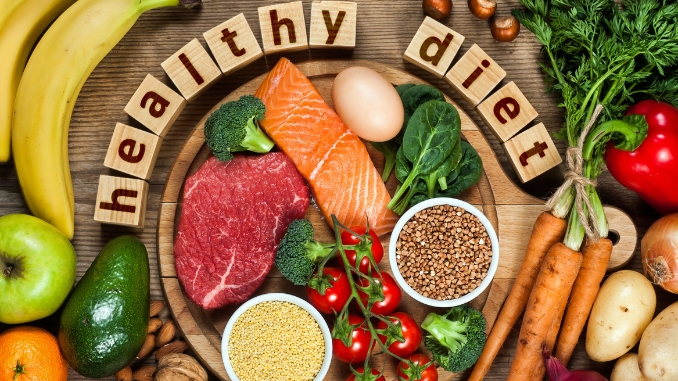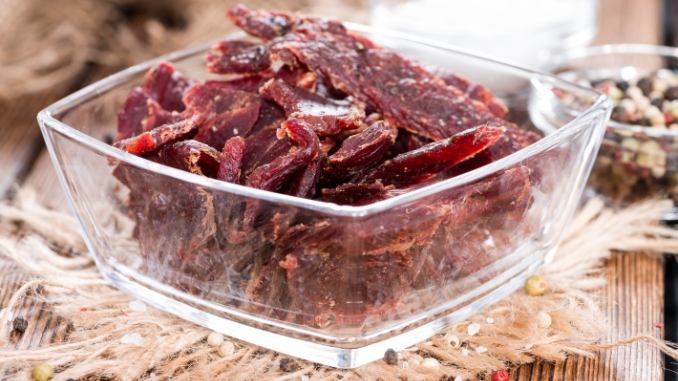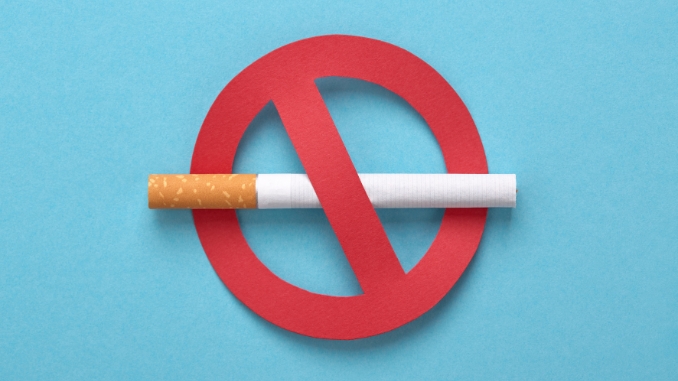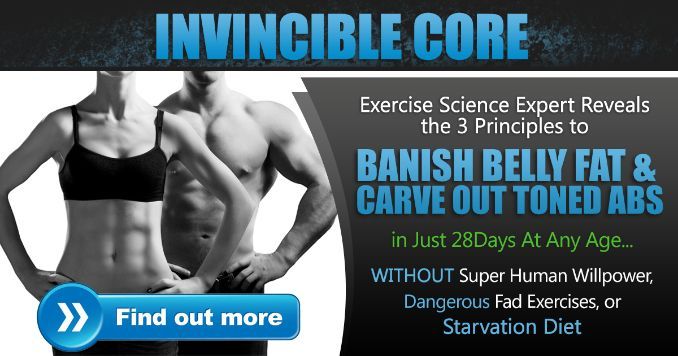How to Lose Belly Fat: Effective Strategies for Belly Fat Reduction

Last updated on May 15th, 2025 at 03:23 pm
Are you looking to shed those stubborn inches around your waistline? Learning how to lose belly fat is a common goal for many individuals on their fitness journey. Not only does excess belly fat impact our appearance, but it can also pose significant health risks. In this article, we will delve into actionable strategies that can help you achieve your goal of belly fat reduction while improving your overall well-being
Understanding Belly Fat
Before exploring the strategies for addressing belly fat reduction, it's important to understand its role in our health.
Belly fat, scientifically referred to as visceral fat, is the type of fat that accumulates around the organs within the abdominal cavity. Unlike subcutaneous fat, which is found just beneath the skin, visceral fat surrounds vital organs like the liver, pancreas, and intestines. This placement is what makes it particularly relevant to our well-being.
The concern about too much belly fat goes beyond mere appearance; it has profound implications for our overall health. Research has consistently shown a strong correlation between excessive belly fat and a range of serious health conditions.
Here are some of the key health issues associated with high levels of belly fat:
- Diabetes: Excess visceral fat is closely linked to insulin resistance, which is a primary factor in developing type 2 diabetes. As visceral fat releases substances known as adipokines, they can interfere with insulin sensitivity and glucose metabolism, potentially leading to diabetes.
- Heart Disease: Belly fat is associated with an increased risk of heart disease. This is partially due to the fact that visceral fat is metabolically active, releasing inflammatory chemicals that can contribute to the development of atherosclerosis (the narrowing of arteries) and other cardiovascular issues.
- Metabolic Syndrome: Metabolic syndrome is a cluster of conditions that often occur together, including high blood pressure, high blood sugar, excess abdominal fat, and abnormal cholesterol levels. Belly fat is a central component of metabolic syndrome and can exacerbate its various health risks.
- Cancer: Some studies have suggested a link between visceral fat and an increased risk of certain cancers, such as colorectal cancer and breast cancer. The mechanisms behind this connection are complex, involving hormonal and inflammatory factors.
- Liver Health: Excessive visceral fat is associated with a condition called non-alcoholic fatty liver disease (NAFLD), which can progress to more serious liver conditions like cirrhosis. Fat accumulation in the liver can impair its function and lead to health complications.
- Respiratory Issues: Belly fat can contribute to respiratory problems, including sleep apnea. The excess weight in the abdominal area can put pressure on the lungs and airways, leading to breathing difficulties during sleep.
Healthy Diet
A. Healthy Eating Habits
When charting out your dietary course, it becomes paramount to establish a harmonious and well-rounded integration of essential macronutrients. These macronutrients include a triumphant assembly of lean proteins, whole grains, healthy fats, and an abundant array of nature's bounty in the form of vibrant fruits and verdant vegetables. By granting appropriate importance to each of these nutritional elements, you forge a pathway that holistically nurtures your body's intricate needs.
- Lean Proteins– Emerge as a proactive advocate for lean proteins, selecting from an assortment of processed foods that encompasses lean meats, poultry, fish, legumes, tofu, and dairy products. The inclusion of these protein sources not only fuels muscle growth and repair but also exerts a potent satiating effect, curbing untimely hunger pangs and promoting feelings of fullness.
- Whole Grains– Elevate your dietary blueprint by embracing the wholesomeness of whole grains. These nutritional powerhouses, like quinoa, brown rice, whole wheat, and oats, are abundant in fiber and complex carbohydrates. Their gradual digestion bestows sustained energy levels and engenders a prolonged sense of satiety, contributing to portion control.
- Healthy Fats– The veneration of healthy fats is a cornerstone of a prudent eating plan. Avocado, nuts, seeds, and olive oil are emblematic representatives of these fats, renowned for their ability to confer a spectrum of health benefits. They furnish vital fatty acids that support bodily functions, foster heart health, and enhance the absorption of fat-soluble vitamins.
- Fruits and Vegetables– The kaleidoscope of colors found within fruits and vegetables is emblematic of their rich nutritional diversity. Laden with vitamins, minerals, antioxidants, and dietary fiber, these gems from nature's palette provide an arsenal of protective measures against chronic diseases. They further facilitate weight management through their low-calorie density and voluminous nature.
- Steer Clear of Crash Diets– While the allure of swift results from crash diets might be enticing, their implications warrant caution. Such drastic measures can induce muscle loss, potentially compromising your metabolic rate. The abrupt calorie restriction often associated with crash diets may engender nutrient deficiencies and a diminished capacity to sustain long-term weight management goals.
B. Portion Control
Effectively managing the sizes of the portions you consume plays a pivotal role in the art of regulating your daily caloric intake. This practice assumes a cardinal significance in your pursuit of maintaining a balanced and health-conscious diet. One key strategy to adopt on this journey involves the strategic utilization of smaller plates and bowls – a visually strategic approach that ingeniously deceives your brain into perceiving a sense of contentment with reduced portions.
You initiate a subtle yet powerful psychological mechanism by consciously opting for these diminutive dishware options. The very act of presenting your meals in smaller vessels harnesses the cognitive phenomenon of visual perception. This simple yet effective optical illusion can trick your brain into interpreting the meal as satisfying and sufficient, even though the absolute quantity of food may be comparatively smaller.
C. Stay Hydrated
The often underestimated influence of proper hydration on our well-being can hardly be overstated. The essence of hydration reaches far beyond its basic function of quenching thirst; it intricately weaves with the complex symphony of bodily processes that govern our vitality. Within this symphony, the water emerges as a conductor that orchestrates numerous benefits, from enhancing digestion to satiating our appetites in a subtle yet significant manner.
Amidst the intricate dance of digestion, water assumes a pivotal role as an essential facilitator. By ensuring the optimal functioning of enzymatic reactions and the transport of nutrients, water sets the stage for the seamless breakdown and absorption of nutrients from the foods we consume. This harmonious interplay contributes to the efficient assimilation of sustenance and the overall well-being of our digestive system.
Yet, water's contributions extend beyond its behind-the-scenes involvement in digestion. An intriguing dimension of water's influence is its ability to emerge as an ally in the quest for portion control and appetite management. The phenomenon of water-induced satiety serves as a testament to its subtle potency. Consuming adequate water before meals creates a sense of fullness, gently taming the voraciousness of hunger and guiding you toward more measured portions.
In this journey toward recalibrating our beverage choices, a transformative step involves the substitution of sugary elixirs with the simplicity of water or the soothing embrace of herbal teas. This mindful shift delivers a dual advantage – it not only diminishes the intake of empty calories but also provides the body with hydration unburdened by the pitfalls of excessive sugars. The palette of low-calorie beverage alternatives further beckons, showcasing an array of choices that honor your commitment to health and nourishment.
Effective Exercises
1. Cardiovascular Exercises
Cardiovascular exercises serve as a dynamic toolkit, wielding many benefits beyond their physical manifestations. Engaging in activities such as running, cycling, swimming, and dancing orchestrates a symphony of physiological responses that intertwine to sculpt a healthier, leaner version of yourself.
First and foremost, the orchestrated increase in heart rate sparks a surge in blood circulation throughout your body. This heightened circulation infuses your tissues with a generous supply of oxygen and nutrients, amplifying their capacity to function optimally. Simultaneously, it triggers the mobilization of stored energy reserves, prompting your body to tap into its fat stores as a fuel source.
Moreover, vigorous engagement in cardiovascular exercises ignites the furnace of calorie burning. Each rhythmic stride, pedal, stroke, or dance move incites a metabolically charged process that expends energy. Over time, this energy expenditure accumulates, fostering the gradual depletion of excess body fat, including the stubborn belly fat that often proves resistant to conventional efforts to burn calories.
The transformative potential of cardiovascular exercises does not conclude with the cessation of physical activity itself. Their ripple effects extend beyond the immediate moment, contributing to an augmented metabolic rate that persists even after you've cooled down. This phenomenon, often referred to as the “afterburn effect” or excess post-exercise oxygen consumption (EPOC), signifies that your body continues to expend energy at an elevated rate in the post-exercise period, further contributing to calorie expenditure.
2. Strength Training
Adding strength training to your exercise routine can really transform your body with a full-body blast workout and metabolism which can help in belly fat reduction. When you do resistance-based exercises like lifting weights or using bands, your muscles adapt and grow stronger. This boosts your overall strength and endurance, which goes beyond just how you look – it affects how your body works.
The cool thing is that this muscle growth process also ramps up your metabolism. During and after your workout, your body uses more energy to repair and maintain your muscles. This means you burn more calories, even when you're resting. It's like your body becomes a calorie-burning machine.
This all adds up to help with weight management and fitness. Strength training gives you a balanced, toned physique by targeting different muscle groups. So, whether you're lifting weights or using bands, you're creating a harmony of muscle mass, strength, and health.
3. High-Intensity Interval Training (HIIT)
The special thing about HIIT is that it keeps your body burning calories even after you're done exercising. This post-workout burn is like a bonus round for weight management. With HIIT, you're cranking up your body's calorie-burning engine.
But HIIT isn't just about burning calories – it's also an aerobic exercise, great for your heart and lungs. The intense intervals team up with the recovery moments to improve your cardiovascular fitness. It's like a dance between effort and rest that boosts your overall health in the long run.
And if you're looking to tackle belly fat, HIIT has a strategic role to play in losing fat too. The high-intensity bursts make your body use up stored energy, including fat, to keep up the pace. This can lead to less belly fat over time as your body adapts to the challenge of HIIT.
Lifestyle Changes
1. Prioritize Quality Sleep
Sleep is really important for our health. When we sleep well, our body and mind recharge and fix themselves. It's not something to ignore, especially if you're trying to manage your weight.
Believe it or not, how you sleep can affect how much belly fat you eat. There's a connection between sleep and hormones that control how hungry or full we feel, that's why you need to improve your sleep. When we sleep enough, these hormones work together to help us eat just the right amount. But when we don't sleep well, this balance gets messed up.
Two important hormones, leptin, and ghrelin, play a big role. Leptin tells our brain when we're full, while ghrelin tells our brain when we're hungry. When we sleep enough, leptin works well, and we feel full when we should. But if we don't sleep enough, ghrelin takes over, and we feel extra hungry, sometimes leading to overeating.
And it's not just about food. Poor sleep can make us tired and affect how we think and make decisions. When we're tired, we might eat impulsively or emotionally, which isn't good for our eating plan.
2. Manage Stress
It's important to understand how chronic stress can affect our well-being and contribute to belly fat. The pressures of modern life can upset the balance in our body, leading to physical reactions that cause this unwanted fat to build up. But the good news is that there are ways to find relief and make things better.
Using techniques to reduce stress is like having a toolkit to fight back against its effects. Imagine doing a calming yoga session where each stretch and breath helps release stress. Or try meditation, a mental break where you let go of life's noise and find peace inside.
You can also try simple things, like taking deep breaths. Picture inhaling fresh air and exhaling tension. It's like a quick reset for your mind and body during busy times.
Then there are activities that make you happy – times when you're really into something that lifts your mood. Whether it's painting, gardening, playing music, or hanging out with friends, these activities are like antidotes to stress. They're like little islands of calm in the middle of everything.
As you learn to manage stress, think of yourself as an artist creating a masterpiece of well-being. Each yoga move, each mindful breath, and each joyful moment is like a brushstroke that improves your health. By doing these things, you're not only dealing with the effects of stress but also making your body stronger and happier.
3. Quit smoking
When we're trying to lose belly or lose body fat, too, smoking can make things difficult. It messes with how our body handles fat, making it harder to slim down. It can mess up the balance in our metabolism, affecting how our body stores and burns fat.
Smoking doesn't just affect overall body fat, though – it also harms our health in other ways. It's bad for our hearts, lungs, and immune system. These effects can make it tough to stay healthy and do activities that help reduce belly fat.
Being healthy isn't just about the body – it's about our mind too. Smoking doesn't just hurt the body, it also affects mental health. Nicotine addiction and withdrawal can make us stressed and anxious. This can lead to unhealthy eating habits and make it tough to make better choices.
Quitting smoking is an important step for belly fat reduction and getting healthier. When you quit, good things start to happen. Your body gets back on track, making it easier to lose fat. Your lungs and heart get better, and you can do more physical activities.
4. Limit Alcohol Consumption
Drinking less alcohol is a good idea for your health and weight loss. Alcohol has calories that can add up fast. When you drink, you're taking in extra calories that might make you eat more. This can slow down your weight loss progress.
Also, alcohol affects how your body uses energy. When you drink, your body focuses on getting rid of the alcohol first. This can slow down how your body burns other nutrients, like fats. So, it's harder to lose the fat you want or lose weight.
You don't have to stop drinking completely – just be careful. Pay attention to how much you drink so you can make healthier choices and stick to your weight loss plan. Try drinks with fewer calories, like light beer or wine spritzers. And set limits on how much you drink at once.
5. Stay Consistent
Belly fat reduction is a journey that takes time and commitment. Understand that seeing the results you want will come from consistent effort. It's important to set achievable goals and be patient.
Think of it like taking a steady walk toward a slimmer midsection. Set goals that match what your body can handle and break them into smaller steps. This way, you'll see progress step by step.
Being patient is key. Change doesn't happen instantly. Your body responds slowly to exercise and changes in what you eat. Give your body the time it needs to lose fat and build muscle.
Remember, everyone's journey is different. Some see results faster, while others take longer. Focus on the journey, not just the end goal. Learn and adapt as you work toward your goals.
6. Consult a Professional
If you're struggling with belly fat reduction or dealing with health issues, consider getting help from experts in health and wellness. A registered dietitian, nutritionist, or personal trainer can give you personalized advice and support.
These professionals have lots of experience helping people with weight loss and health improvement. They can give you strategies and a plan to overcome challenges. Whether you're unsure about what to eat, having trouble with exercise, or have health conditions, they can give you evidence-based advice to help you succeed.
Hormonal imbalances and thyroid issues can affect belly fat and even weight gain. These can be tough to handle. A dietitian or nutritionist can explain how hormones work and create a diet plan to balance them. A personal trainer can make exercise plans that work with your body's needs, even with these challenges.
Conclusion
Embarking on the journey to belly fat reduction and achieve a healthier, more confident you requires a multifaceted approach. Understanding the significance of belly fat reduction and its impact on our well-being is the first step toward transformation. Adopting a balanced and nutritious diet, engaging in effective exercises, taming stress, and fundamental lifestyle changes support your belly fat loss goals.
In this pursuit of belly fat reduction, remember that transformation takes time. Be patient with yourself, celebrate each milestone, and embrace the journey as an opportunity for growth and positive change. By embracing these effective dietary fat-down strategies, you're crafting a blueprint for a healthier, more vibrant life – one that's marked by resilience, vitality, and a sense of well-being that radiates from the inside out.
Rick Kaselj MS, is a leading kinesiologist and injury specialist as well as co-creator of the best-selling Unlock Your Hip Flexors program. Rick creates exercise programs that help people heal injuries and eliminate pain, so they can go back to living a full, active, healthy life.
